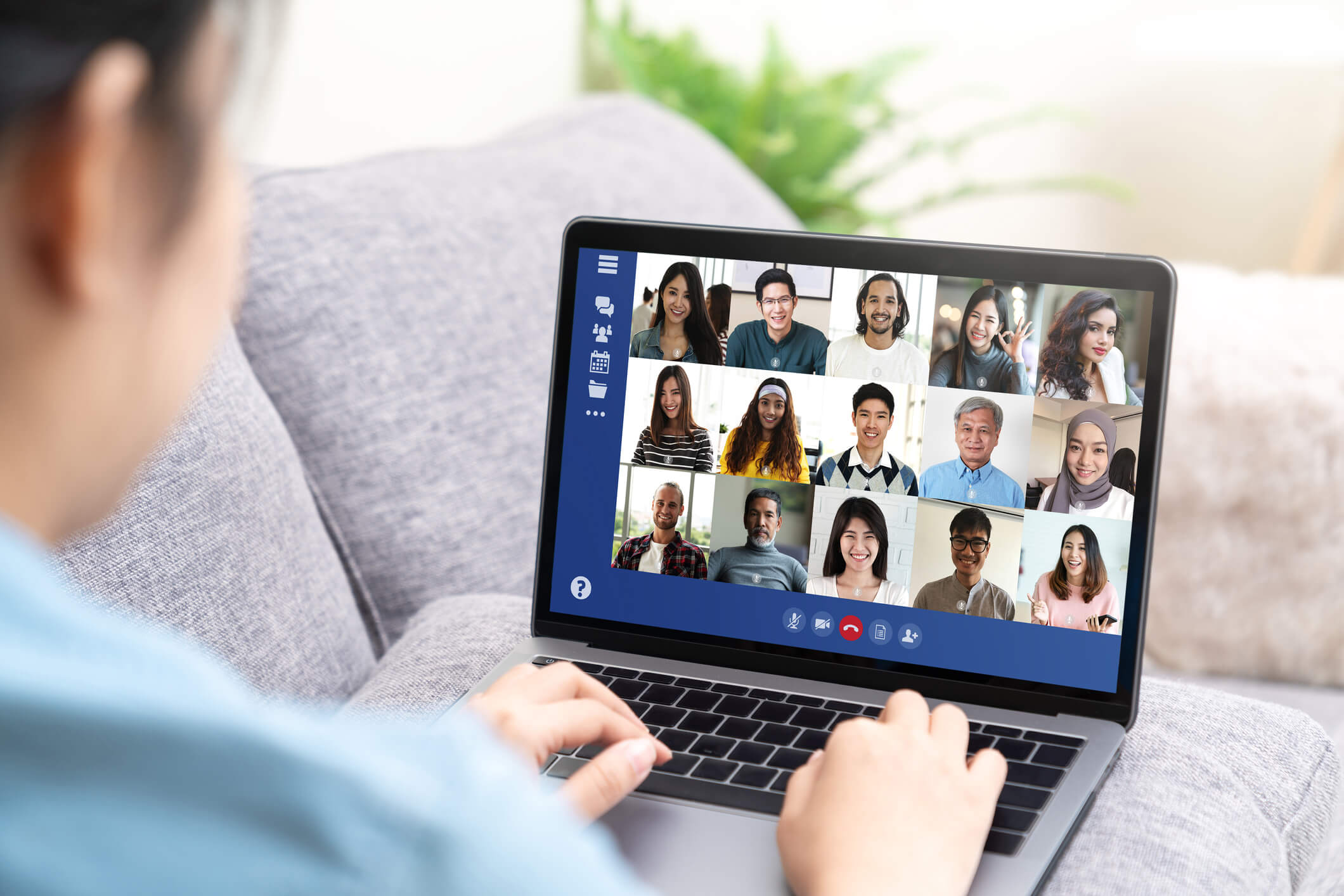
This article is part of a series on effective meetings between Japanese and non-Japanese.
Telephone and videoconferences are a standard feature of the modern workplace, and are particularly important when team members are based in different countries or working from home. And of course the COVID-19 pandemic has made them essential tools for all of us. However, they have their own unique pitfalls. In order to make remote meetings go smoothly, it’s important to plan for them carefully. Because the technology adds another layer of complexity, you should be sure that you are using the best possible meeting-management techniques.
Most telephone and videoconferences span time zones. In some cases, deciding when to hold the session is easy – for example, for calls between Tokyo and Los Angeles, scheduling for late afternoon Los Angeles time and first thing in the morning Tokyo time works well. But with other combinations, it ends up that one or the other side will have to participate at an awkward hour, either very early in the morning or very late at night. In such situations, it’s important to rotate the meeting times so that everyone shares the pain – in other words, so that it’s not always one side that gets to join the call during their workday while the other side has their sleep disrupted.
The biggest problem of conference calls and video conferences is poor sound quality. Investing in the best equipment possible can help, but even those are not perfect. Be sure to speak up and enunciate clearly.
If you are having difficulty hearing someone on the other side, bring it to their attention, because the meeting will not be productive if you can’t hear what is being said. A simple “Please speak up” or “I’m sorry, I can’t hear you” should be sufficient.
Preparing an agenda in advance is especially important for a videoconference or conference call, since it’s easy for such meetings to devolve into confusion without one. Also be sure to appoint one person as the leader, who can make sure the meeting flows smoothly and the goals are met. Having a person designated as note-taker is also helpful.
Visual aids can also boost the productivity of your long-distance meeting. In the case of a conference call, it would be a document distributed to all participants in advance. In the case of a teleconference, it might be something that is held up in front of the camera. In the case of a web-based meeting, it might be a document shown on one pane of the screen.
Finally, it’s important to have realistic expectations. It’s often difficult to accomplish as much in a virtual meeting as it is in a face-to-face meeting. So don’t try to pack too many topics into the available time. And during the session, if you start to get bogged down in a topic, suggest that the discussion be continued later via email so that you can get to the next point.
For more on how to make your cross-cultural meetings effective, get a copy of our free bilingual ebook here.
Related articles
The different meanings of psychological safety in Japan, Europe and North America
The concept of “psychological safety” in the workplace started in the United States in the 1960s and
If you can’t find a counterpart in Japan HQ, you might need a window
In the past, many multinationals, not only Japanese companies, relied on a network of expatriate sta
The Generation Gap in Working from Home in Japan and Europe
Working from home is quite a new concept in Japan, but has been available as an option in Europe for





